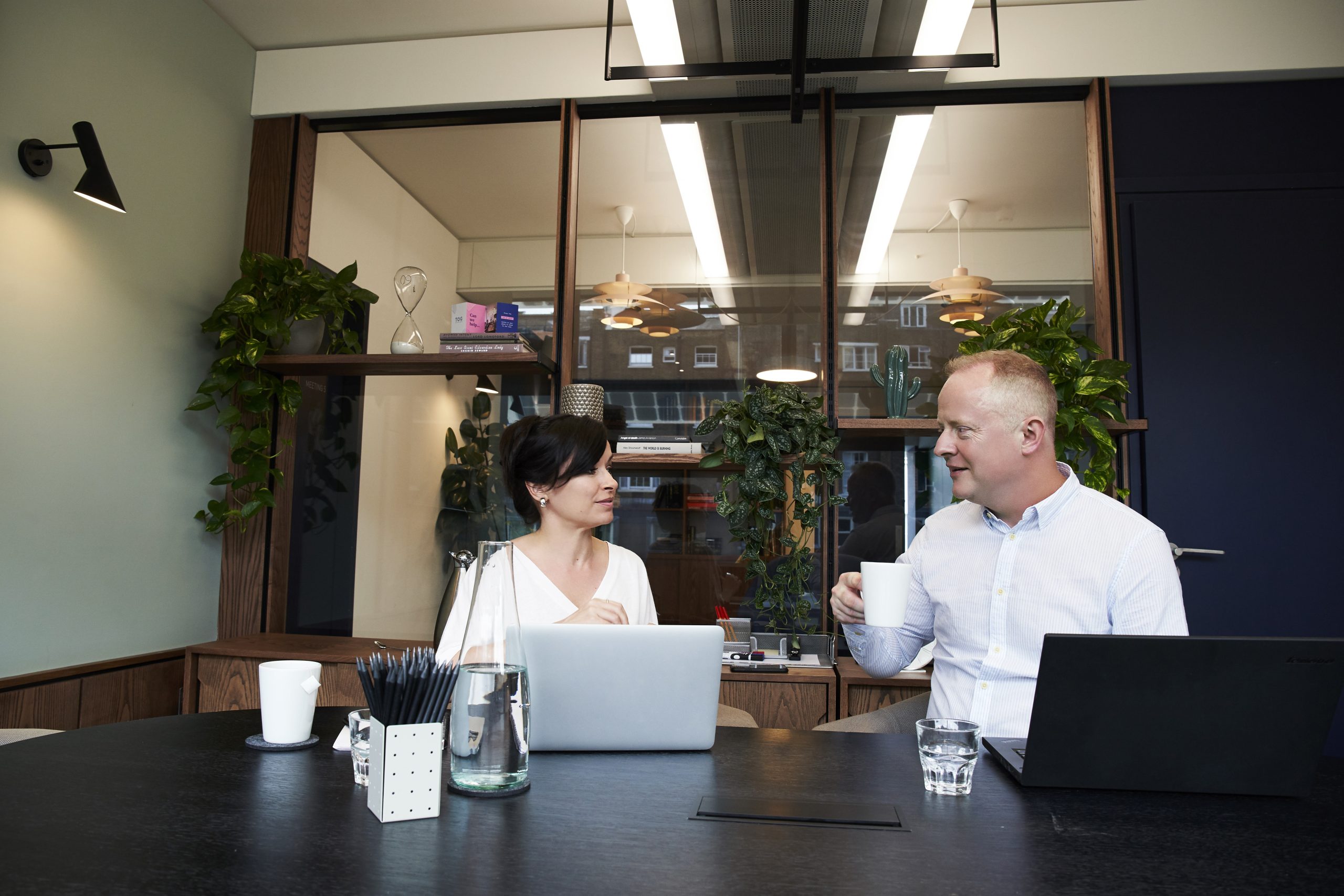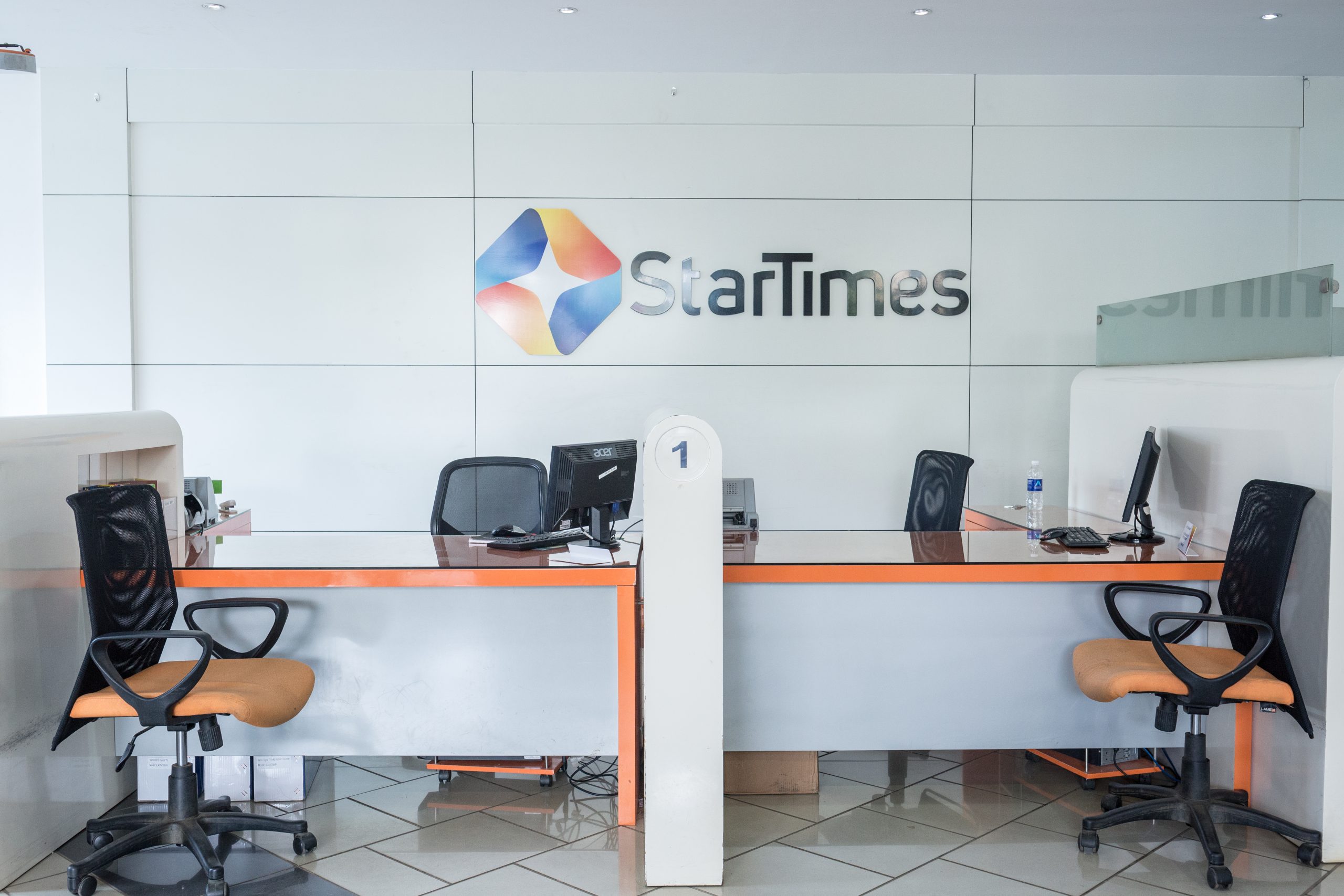Meetings are a great way to share ideas and keep your team on track. However, a lot of employees report meetings as their least favourite part of the day. Research has shown that only 50% of the time spent in meetings is actually productive and engaging. This means you’re losing valuable time that could be better spent working on projects. Without the right organisation and purpose, meetings can drag on too long and become generally ineffective.
It doesn’t have to be like that though. If you set up genuinely engaging and interesting meetings, your team will come out of it feeling more motivated and inspired. Not only that, but they’ll also be clearer on what needs to be done. Meetings can be an excellent tool in your leadership arsenal, but only when done correctly. In this article, you’ll learn some key tips for productive and successful work meetings.
The Meeting Room
All good meetings thrive on collaboration and the sharing of ideas. To hold a successful meeting, you first need to have the right space. A good meeting room will have suitable furniture and ample room for everyone to be seated and comfortable. How you set up the meeting room will depend on the type of meeting you’re holding.
Consider the layout of the room and the type of furniture you use based on the purpose of the meeting. The classic horseshoe desk design ensures everyone can see the main speaker clearly, but it’s not necessarily the best for collaboration. If you want an engaging discussion between everyone that attends, a roundtable-type layout may be a better choice.
Of course, not every office has a suitable space for holding meetings. It needs to be closed off from the rest of the building and should offer enough privacy to allow open discussion. If you don’t have a suitable room, you can search for meeting room hire London. There are lots of available options out there, all ideal for holding the perfect business meeting.
Set the Objectives
The whole point of a meeting should always be clarified before anyone even walks in the door. There’s no need for meetings that don’t have an objective, as they’re simply a waste of time. Whether it’s to update your team on a new software feature or to have a discussion about the direction of the project, make sure everyone is aware of the main objective.
Meetings can often be categorised as either routine or strategic, but it’s still important to set an objective no matter which type of meeting it is. Keep the objectives clear and concise, and if you can’t think of any, you likely don’t need a meeting. Consider whether or not the meeting would be better summarised as an email, and ensure you’re not wasting anyone’s time.
Schedule the Agenda
Keeping your meetings brief and to the point is the key to being engaging and productive. While there may be a lot of topics that need to be covered, you should always avoid going over the planned time. Your team has places to be and things to work on, and eating into their time will only cause them to lose productivity.
Write up an agenda for the meeting and ensure that each point is discussed within the allotted time. In general, they should never last longer than 60 minutes, but even that can be too long for a lot of things. Keep the session short and to the point, and reduce the number of things on the agenda if they’re not critically important. When taking feedback from your team, ensure that you don’t go over the time allocated.






